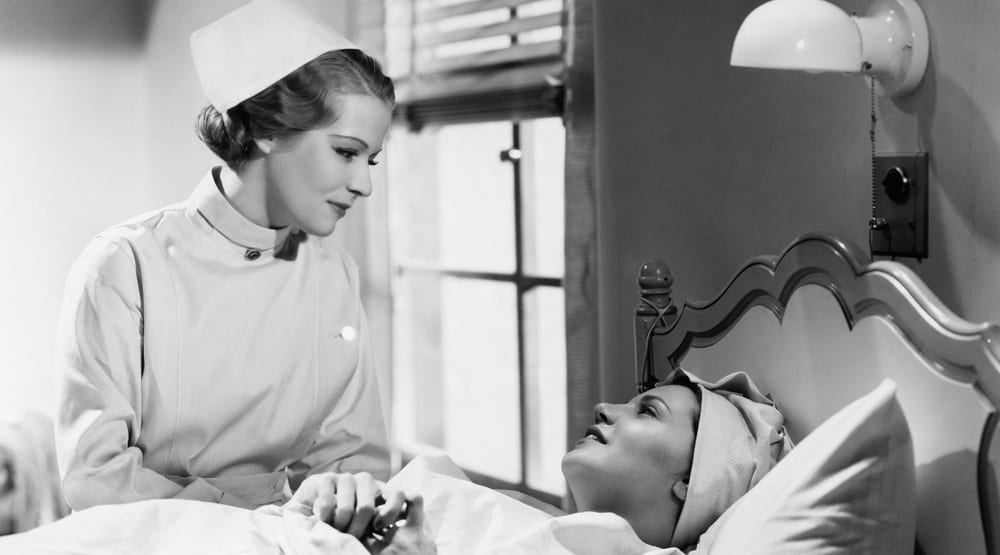
In New South Wales there are 70,000 full-time nursing staff – and it’s been predicted that this dedicated group are not enough to meet the growing patient demands.
It’s been long publicised that there is a nurse shortage all around Australia – but new figures show that New South Wales is now on the cusp of a major nursing crisis.
By 2030, it’s been estimated that 82,000 full-time registered nurses and midwives will be needed to meet the state’s demand – but only 74,000 will be available.
NSW Ministry of Health figures predicts a shortage of up to 8,000 registered nurses and midwives across the state in the next decade.
The figures cover the public and private sectors, as well as the aged care sector.
The NSW Nurses and Midwives’ Association (NSWNMA) have urged the State Government to heed the warnings of a nursing and midwifery shortage seriously and to address current nurse-to-patient ratio shortfalls.
Acting General Secretary of the NSWNMA, Judith Kiejda, said the predicted nursing workforce shortages were not a huge surprise, however, the key concern was ensuring the Berejiklian Government and the Ministry of Health took the modelling seriously.
“We have been lobbying this government for the past seven years to urgently improve and expand nurse-to-patient ratios to address the current shortfalls we already have in the delivery of safe patient care across the state’s public hospital system,” Kiejda said.
“This modelling shows predicted workforce shortages across the statewide pool of nurses and midwives – that’s in our public hospitals, private hospitals and aged care settings.
Nursing and midwifery have an ageing workforce, and one of the major issues is that the rate of new graduates is exceeding that rate of retiring nurses.
“It’s imperative the government doesn’t play these figures down but instead, actually starts planning to meet the predicted demand of our growing population,” Kiejda said
“It’s not good enough to say they’re going to inject 2,400 new graduate nurses and midwives into the public health system this calendar year, when the projections are showing we’ll need at least 1,000 above that figure across the health sector to meet the shortfall.”
“More needs to be done about the training opportunities being provided for enrolled nursing positions. Over the years, funding cuts and changes to the way courses are provided means prospective enrolled nurses are shying away from studying at TAFE because they can’t afford the new upfront fee structure,” says Kiejda.
“Instead, prospective enrolled nurses are deciding to apply for a registered nursing degree through university and then repay their study fees after they’ve secured employment.”
Kiejda says that there are plenty of people willing to enter into the nursing or midwifery profession.
“A key issue is the state government being prepared to allocate the appropriate resources to meet both workforce demands now and into the future by improving and expanding nurse to patient ratios.”
What do you have to say? Comment, share and like below.